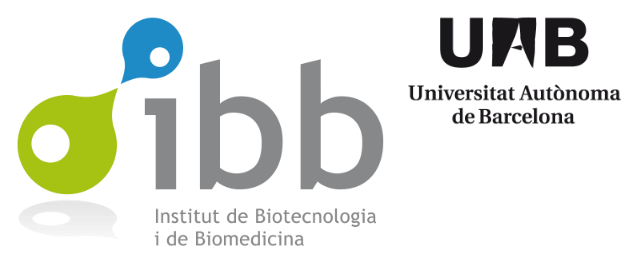 Improving biomaterials imaging for nanotechnology: rapid methods for protein localization at ultrastructural level
Improving biomaterials imaging for nanotechnology: rapid methods for protein localization at ultrastructural level
http://onlinelibrary.wiley.com/doi/10.1002/biot.201700388/full
Abstract
The preparation of biological samples for electron microscopy is material- and time-consuming because it is often based on long protocols that also may produce artifacts. Protein labeling for transmission electron microscopy (TEM) is such an example, taking several days. However, for protein-based nanotechnology, high resolution imaging techniques are unique and crucial tools for studying the spatial distribution of these molecules, either alone or as components of biomaterials. In this paper, we tested 2 new short methods of immunolocalization for TEM, and compared them with a standard protocol in qualitative and quantitative approaches by using four protein-based nanoparticles. We reported a significant increase of labeling per area of nanoparticle in both new methodologies (H=19.811; p<0.001) with all the model antigens tested: GFP (H=22.115; p<0.001), MMP-2 (H=19.579; p<0.001), MMP-9 (H=7.567; p<0.023), and IFN-γ(H=62.110; p<0.001). We also found that the most suitable protocol for labeling depends on the nanoparticle’s tendency to aggregate. Moreover, the shorter methods reduce artifacts, time (by 30 %), residues and reagents hindering, losing, or altering antigens, and obtaining a significant increase of protein localization (of about 200 %). Overall, this study makes a step forward in the development of optimized protocols for the nanoscale localization of peptides and proteins within new biomaterials.
